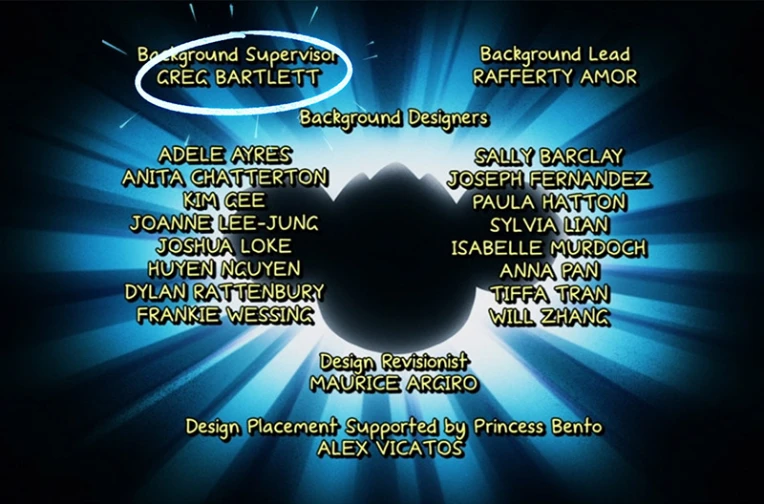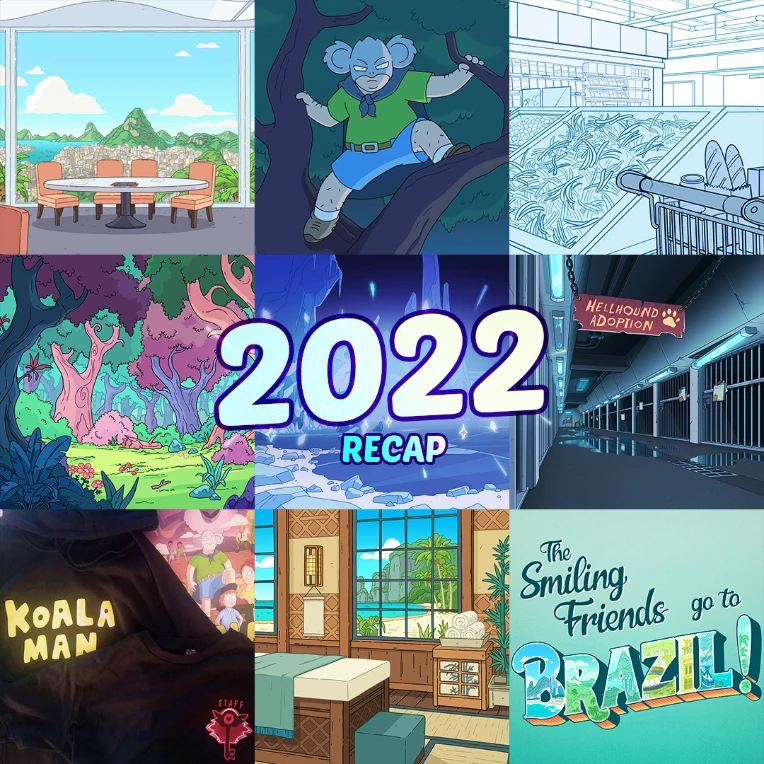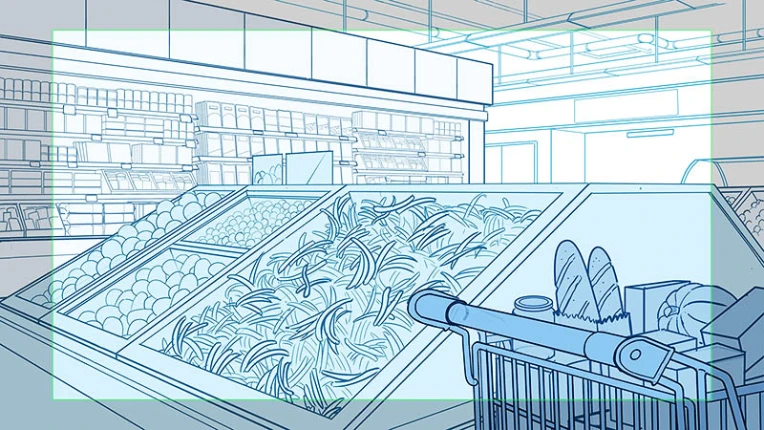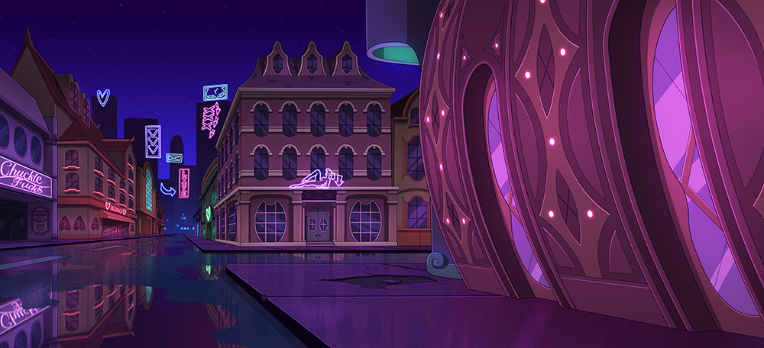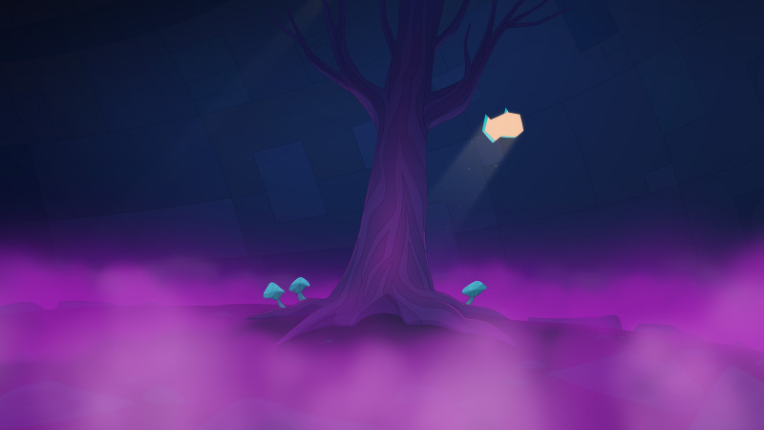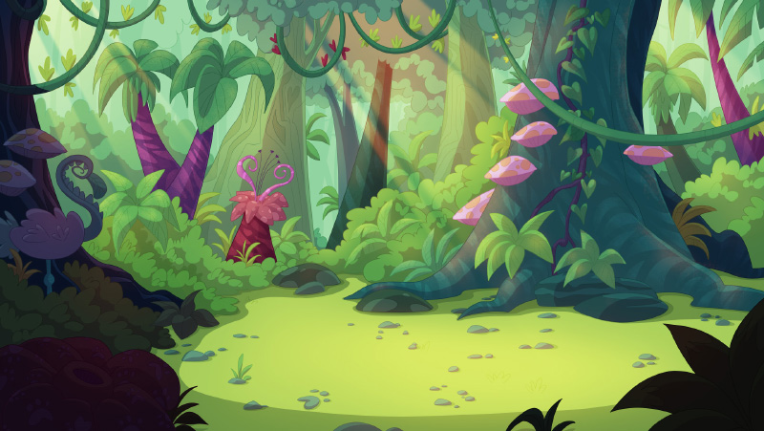A LOT happened in 2024! I feel like I took the momentum I had starting the year and shifted things up a gear. Here's a recap.
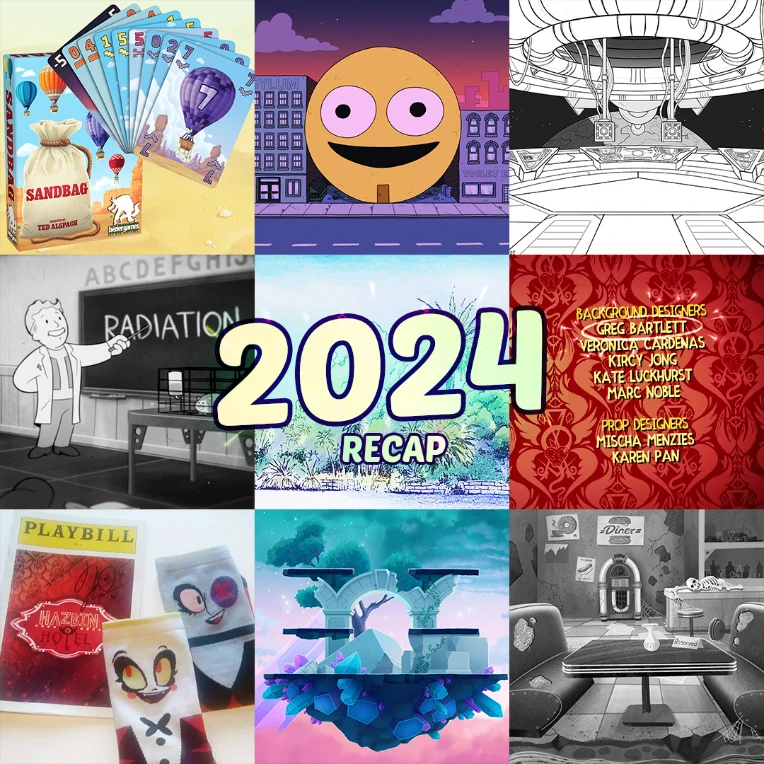
The first big news of the year was the release of Hazbin Hotel Season 1! So glad I had the opportunity to contribute a bit on such an ambitious show with stunning backgrounds.

At the beginning of the year I was on the tail end of background supervising on Smiling Friends season 2. It had been an absolute dream project – I got to run a team full of great people, manage all the logistics of the background department while overseeing every background layout and paint. Because of that, the end result is something I’m more proud of than anything else I’ve done.
Adult Swim treated us early to the Gwimbly episode on April fools, then the rest of the season started airing in May. It hit #1 on the top 10 series on Max!

From January to March I worked at Studio Showoff as a background artist on the Vault Seller’s Survival Guide miniseries that was released with the Fallout TV series. The art style was really enjoyable and I learned lots painting in a different style than usual. The camaraderie among the team that Showoff put together made it one of the most fun jobs I’ve ever done and a highlight of the year. I also got much better at table tennis!

I finished some additional assets for the card game Sandbag, by Bezier Games, which I’d worked on in 2023. Sandbag was released earlier in the year.

I did more board game illustration! After wrapping on Fallout, I did a project for The Upper Deck Company, who I’d freelanced for previously in 2023. It’s for a huge IP, and the main piece I designed is enormous! I spent over a month on a single very large illustration, by far the most complex thing I’ve ever drawn.
In May I jumped on a project at Princess Bento and not long after starting I was promoted to background layout lead. It was a rewarding job as it was the most visually ambitious production I’ve worked on yet. Working on something so big was made much easier by being part of such a great team of people I trust and enjoy working with.
Another highlight of my time at Princess Bento was getting to spend a little bit of time with a work experience placement going through background stuff.
June and July both had some exciting news. A season 3 of Smiling Friends and a Season 3 AND 4 of Hazbin Hotel were announced!
The Newgrounds Melbourne meetup was in August. There was a screening of work from many different Australian animators, and they included my animation from 12 years ago! Someone opened up Flash 8 on the laptop connected to the projector and the whole room stopped and cheered – something that could really only happen at a Newgrounds meetup.
As my job at Princess Bento started winding down, I began ramping up on a project for Adult Swim that I am background supervising on!! Currently right in the middle of it now.
Last month I was a guest speaker at Collarts (Australian College of the Arts). I spoke to students about my career journey, what it’s like working in the industry, setting goals, always progressing and staying busy.
Last thing I finished this year was a freelance job for Cusack Creatures. Got to do a few backgrounds in a location that was fun to design.
I’ve also done a bit of plein air sketching around Melbourne as part of a group organized by fellow background artist Kircy Jong. Really enjoying getting to do a bit of drawing in a more relaxed and social way.

In non work stuff, running more was a highlight of 2024. I completed 3 more half marathons after doing my first one last year and cut my time down to under 2 hours.
I’ve got huge running goals for 2025. It’ll be the year of my first full marathon – I’m signed up for the Adelaide marathon in May and the Melbourne marathon in October. Lots of training to do!
Excited to continue working on my Adult Swim job in the new year and see what else is in store for 2025. Happy new year!
If you’d like to see more of what I’m up to in 2025, Follow me on Instagram where I also post a weekly update on my stories. Or, follow me on Bluesky.
You can check out my previous yearly recaps here: 2023, 2022 and 2021



